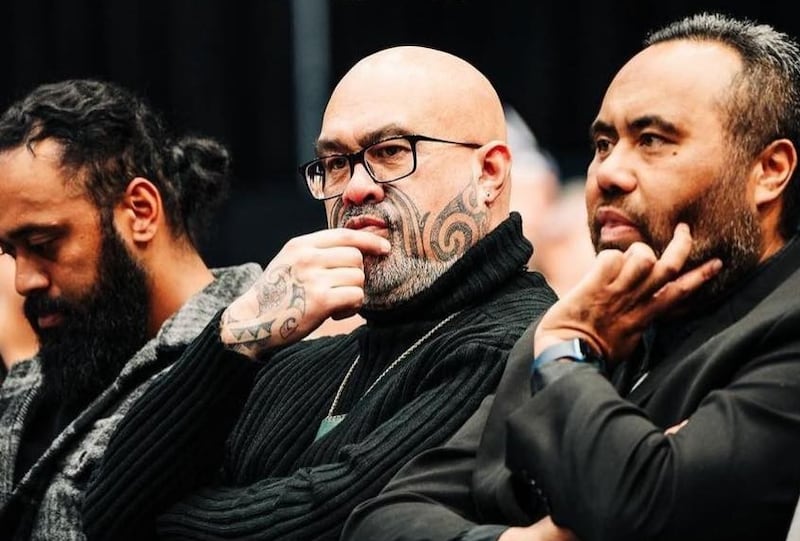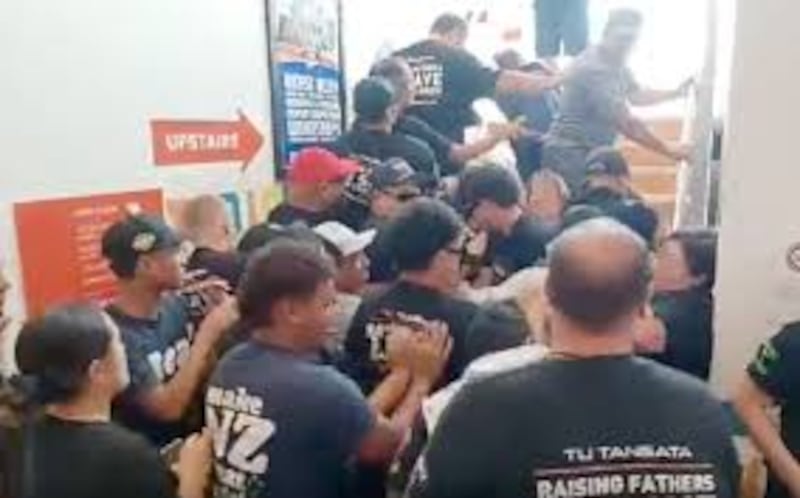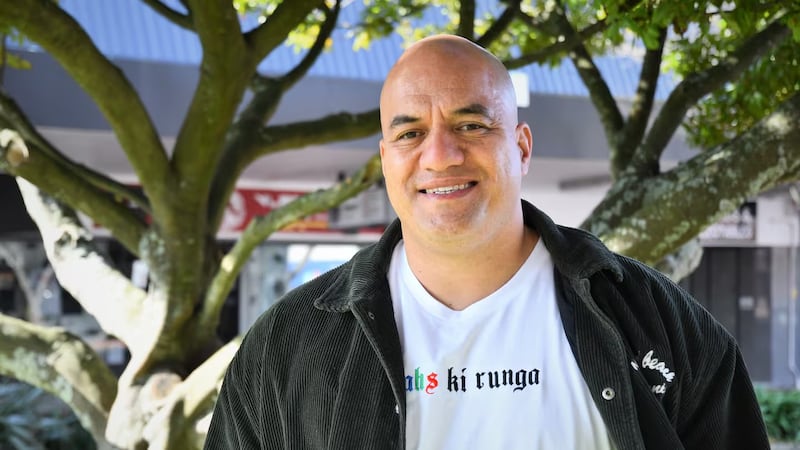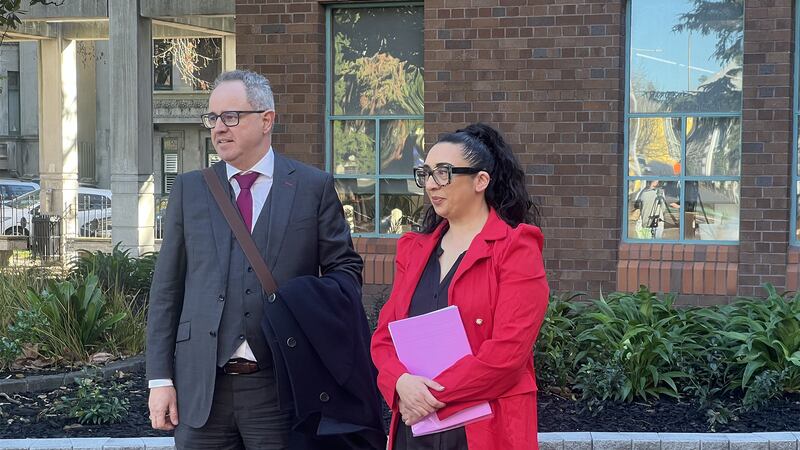Haka has long been a form of protest and a medium Māori have used to convey the wider issues facing the iwi.
It is a medium that Destiny Church, under its leader Brian Tamaki, has also used to convey its message towards what it says is a changing of societal views on LGBTQIA+ issues.
But who decides when haka is appropriate to use as a form of protest?
Iwi personality and haka exponent, Te Hāmua Nikora, is questioning the use of haka and tikanga Māori by Destiny Church to attack the LGBTQIA+ community and has composed a haka in support of that community.

It follows a weekend of protest and disruption by Destiny at events organised for the Auckland Pride Festival.
Tensions escalated at Te Atatū Library on Saturday during the Rainbow Story Time event, where a group allegedly linked to Brian and Hannah Tamaki’s church stormed the library, performing a haka in protest.
According to reports by RNZ, around 30 adults and young children barricaded themselves in a room at the West Auckland library.

Nikora attacked the group, saying tikanga Māori and haka should never be used to intimidate tamariki.
“Kaua rawa rā e whakamataku i te tamaiti, especially, mā te tikanga Māori. Ko te whakaparahako tērā i ngā tīpuna.”
According to Nikora, the haka begins with the words Tutū te puehu, tū ana ahau, words that celebrate diversity and resilience.
“Ko au, ko au. Ko koe, ko koe. Ko tāku ki ahau, ko koe anō ki tāhau.
“You know, I’ll be me, you do you.”
Mā wai rānei e whakatau, ko te haka hei kauwaka mō te porotēhi?
Destiny Church spokesman, Charles Hunia, says that no one gets to decide when haka is an appropriate form of protest, and he disputes claims that their protest terrorised children.
“Ko te haka te waka tika rawa atu ki te whakapuaki i ngā whakaaro.
“Mā wai te kī, he tika te haka mō tēnei, ā, kāre he tika mō tērā? Nā wai tērā kōrero?”

He says the church’s protest is not about the LGBTQIA+ community but the sexualisation, or ‘whakaaitanga,’ of children.
“Kei te whakahē mātou ki te āhuatanga o ngā mahi. Ehara i te mea kei te whakaparahako mātou i ngā tāngata.
“Ko tō mātou porotēhe, ko tō mātou whakahē, ko tō mātou tohe, kei te tohe atu mātou ki ēnei āhuatanga o te whakaaitanga o wā mātou tamariki.
“Ko tā mātou, e aroha nui ana ki a rātou, ahakoa nō wai, ahakoa nō hea.”
He taonga te tamaiti
Ko ngā pūrākau Rainbow Story Time, he kohinga pukapuka, pakiwaitara hoki e whakatairanga ana i ngā kōrero e hāngai ana ki te hunga takatāpui, ka mutu, mā tētahi o te hunga takatāpui e whakataki nei i ngā pakiwaitara nei.
E ai ki ngā kōrero, he tamaiti nohinohi, he rangatahi hoki i tae atu ki te whare pukapuka i Te Atatū ki te whakarongo ki ngā pakiwaitara, e toru marama noa iho te pakeke o ētahi o ngā tamariki.
E ai ki a Nikora, ko te mutunga kē mai nei o te tūkino tamariki.
“Ki te whakaaro ake tātou ki tēnei mea, ki te harakeke nē? E toru ngā wāhanga.
“Kei tēnei taha, ko te kōkā. Kei tēnei taha, ko te matua. Kei waenganui, ko te tamaiti.”
Ngā kupu o te haka i titoa e Te Hāmua Nikora;
Tutū te puehu, tū ana au
Tutū te puehu, hā ana au
Tutū te puehu, tū ana te mauri takatāpui e!
E, ko te rākau o tōku ake mana!
He mana motuhake mai anō, he mana atua, he mana tangata, he mana tipua nō tuawhakarere!
Kei te riporipotanga o te wai, kei te puhitanga mai o ngā hau e whā, kei te tīoriori manu, te rū o te au moko, rangona ai te ihi o ngā tīpuna!
Ko au, ko au, ko koe, ko koe, ko ahau ki tāku, ko tāhau ki a koe!
Nei au te takatakahi mai i ōku tapuwae, he tapuwae e horahia nei, e kore ai au e ngaro!
Ko wai te tekoteko kei runga?
Ko ōku tīpuna, ko aku mokopuna, ko tōku māoritanga tūturu e!
Ko au, ko au, ko koe, ko koe, hī!


